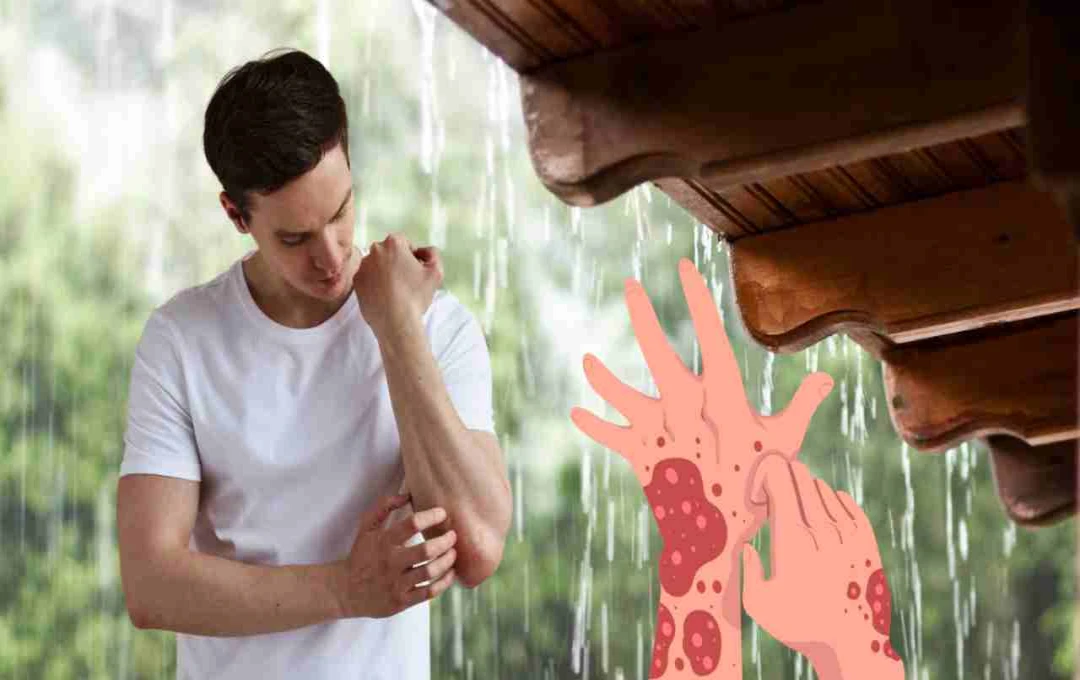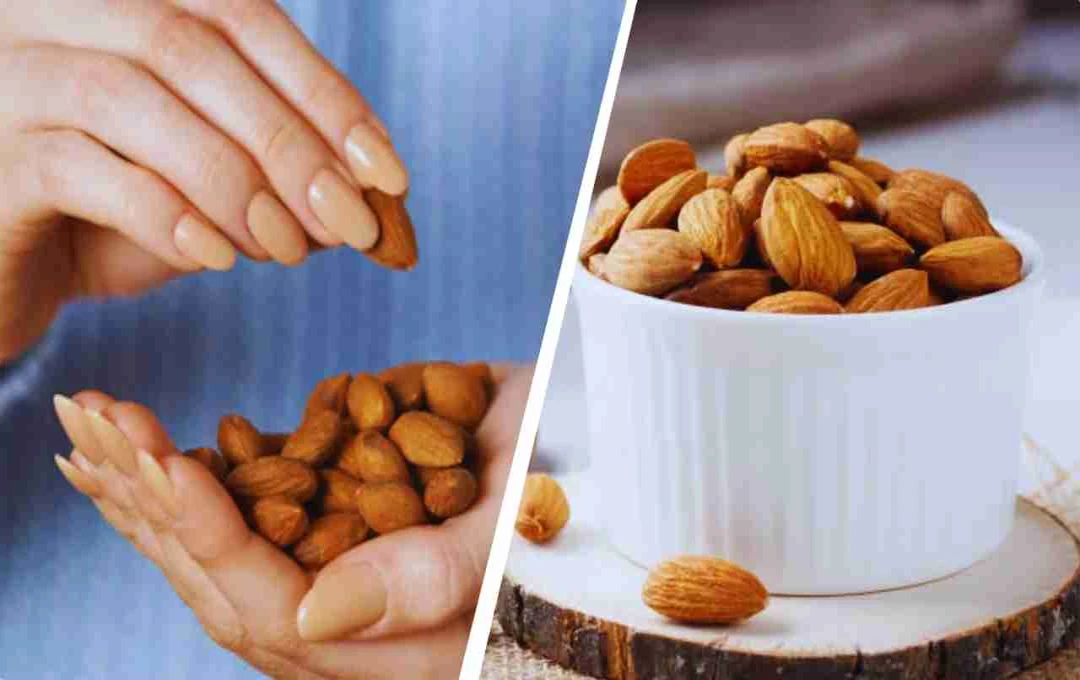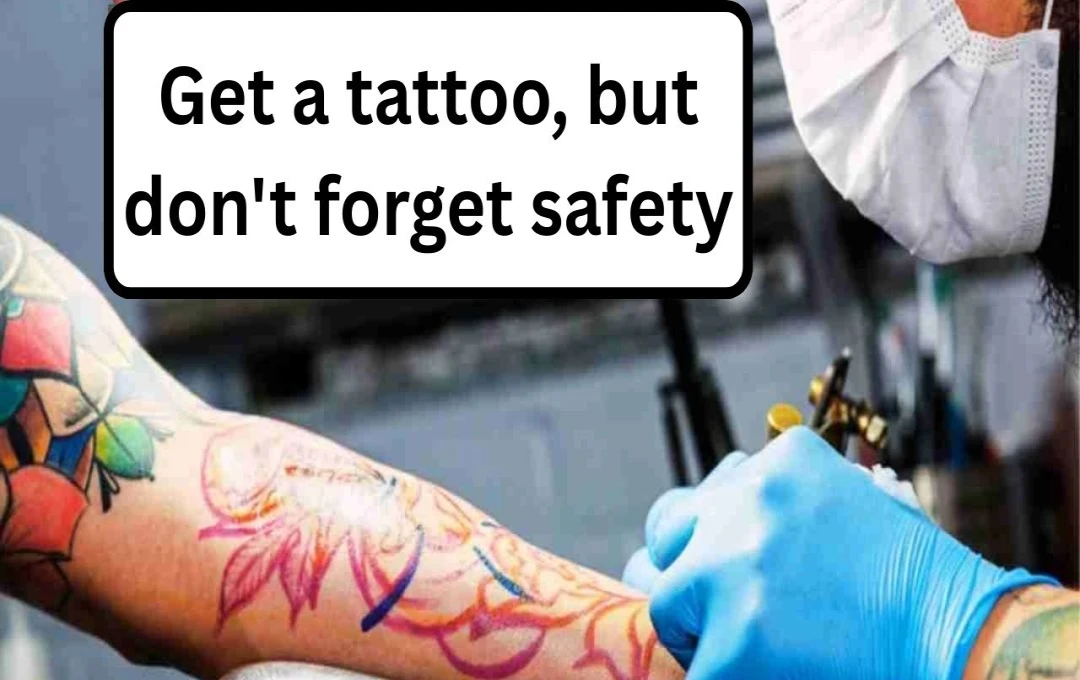During the monsoon season, stagnant water increases the risk of fungal and bacterial infections on the skin. Itching, rashes, pimples, and red spots are common symptoms. According to experts, maintaining cleanliness, changing wet clothes immediately, wearing waterproof footwear, and moisturizing can help prevent skin diseases.
Skin problems: The risk of skin diseases increases due to water accumulation on the roads during the monsoon. According to Dr. Saumya Sachdeva, a dermatologist at Max Hospital in Ghaziabad, fungal and bacterial infections, itching, rashes, and red spots are common problems that are exacerbated by wet clothing and humidity. To prevent these, maintaining cleanliness, changing wet clothes immediately, wearing waterproof footwear, and using moisturizers are essential. It is also important to consult a doctor upon noticing the initial symptoms.
Common Skin Problems During the Monsoon Season
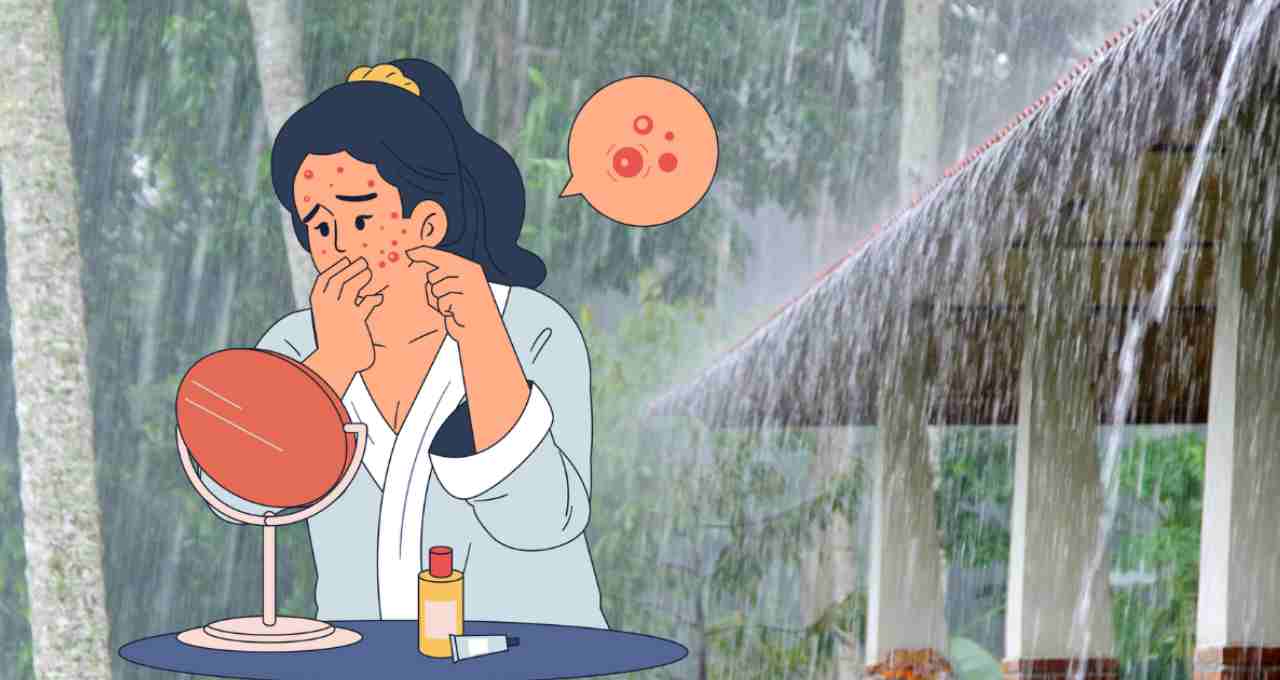
According to experts, skin diseases are common during the monsoon. These include fungal infections, dandruff, itching, rashes, pimples, and red spots on the skin. Fungal infections like athlete's foot and ringworm thrive in damp environments. Itching and rashes can cause skin irritation, pain, and redness. If left untreated, infections can spread and leave permanent scars or marks on the skin.
Children and the elderly are at a higher risk. Children's immune systems are not fully developed, making their skin more sensitive and increasing their susceptibility to infections. Similarly, the skin of the elderly becomes thinner and more sensitive to moisture.
Early Symptoms of Infection
Early symptoms of fungal or bacterial infections on the skin include itching, red spots, small bumps, or blisters. It is crucial to seek medical advice as soon as such symptoms appear. Early treatment can prevent the infection from spreading and keep the skin healthy.
Regular and proper use of soap, hand sanitizer, and anti-fungal powder helps protect the skin from infections. Additionally, avoid rubbing the skin too frequently, as this can increase inflammation and irritation.
Preventive Measures for Skin Diseases
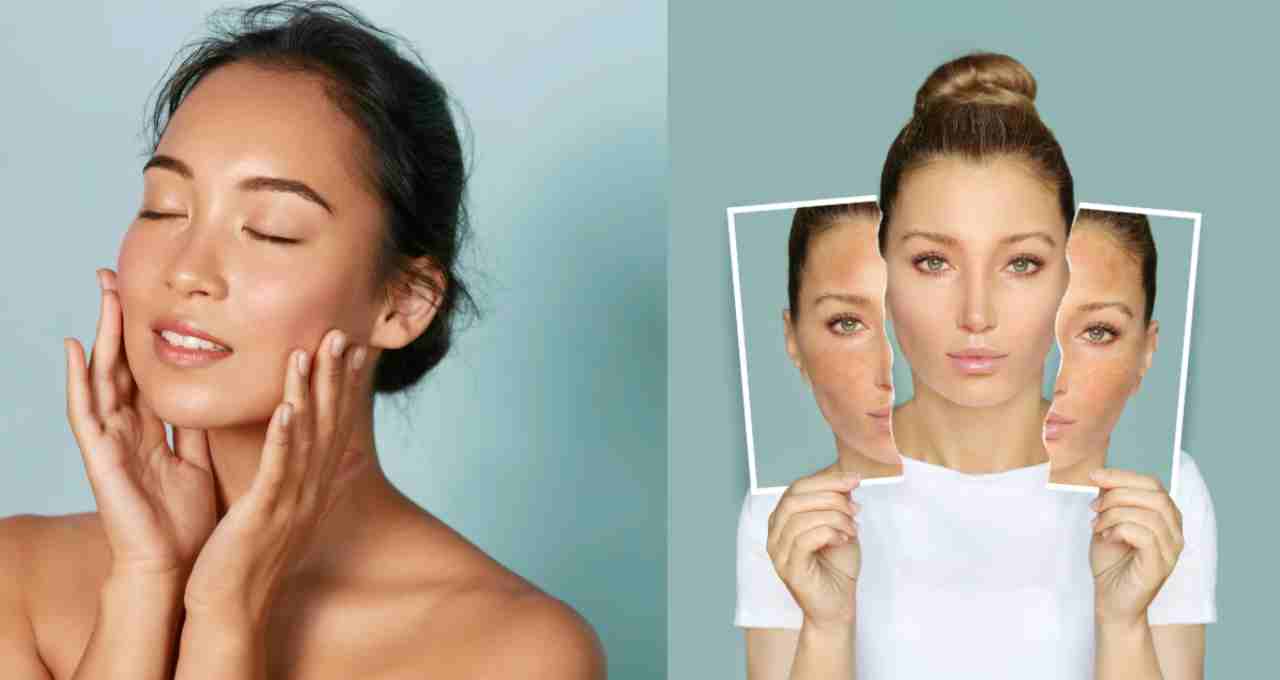
According to Dr. Saumya Sachdeva, a dermatologist at Max Hospital in Ghaziabad, skin care and hygiene are paramount during the monsoon. After returning home from outside, the skin should be washed with mild soap and water. Wet clothes should be changed immediately to reduce the risk of infection from moisture.
Special attention should be paid to foot care. Wearing waterproof shoes or boots when going out is beneficial. If shoes and socks become wet, change them immediately and dry your feet. Keeping the surface of your feet clean is also essential.
A light moisturizing cream can be used to balance skin moisture. This helps the skin retain moisture and protects against infections.
Special Care for Children and the Elderly
During the monsoon, children's skin is particularly sensitive. Protect them from wearing wet clothes and ensure their hands and feet are washed and kept clean frequently. The skin of the elderly is thinner, so it is also important to protect them from damp environments. Pay attention to the cleanliness of shoes, socks, and clothing for children and the elderly.
During the monsoon, the risk of fungal infections also increases indoors due to humidity. Dry areas where water accumulates and keep doors and windows open for ventilation. Wear waterproof shoes when going out and ensure your feet are completely dry.
